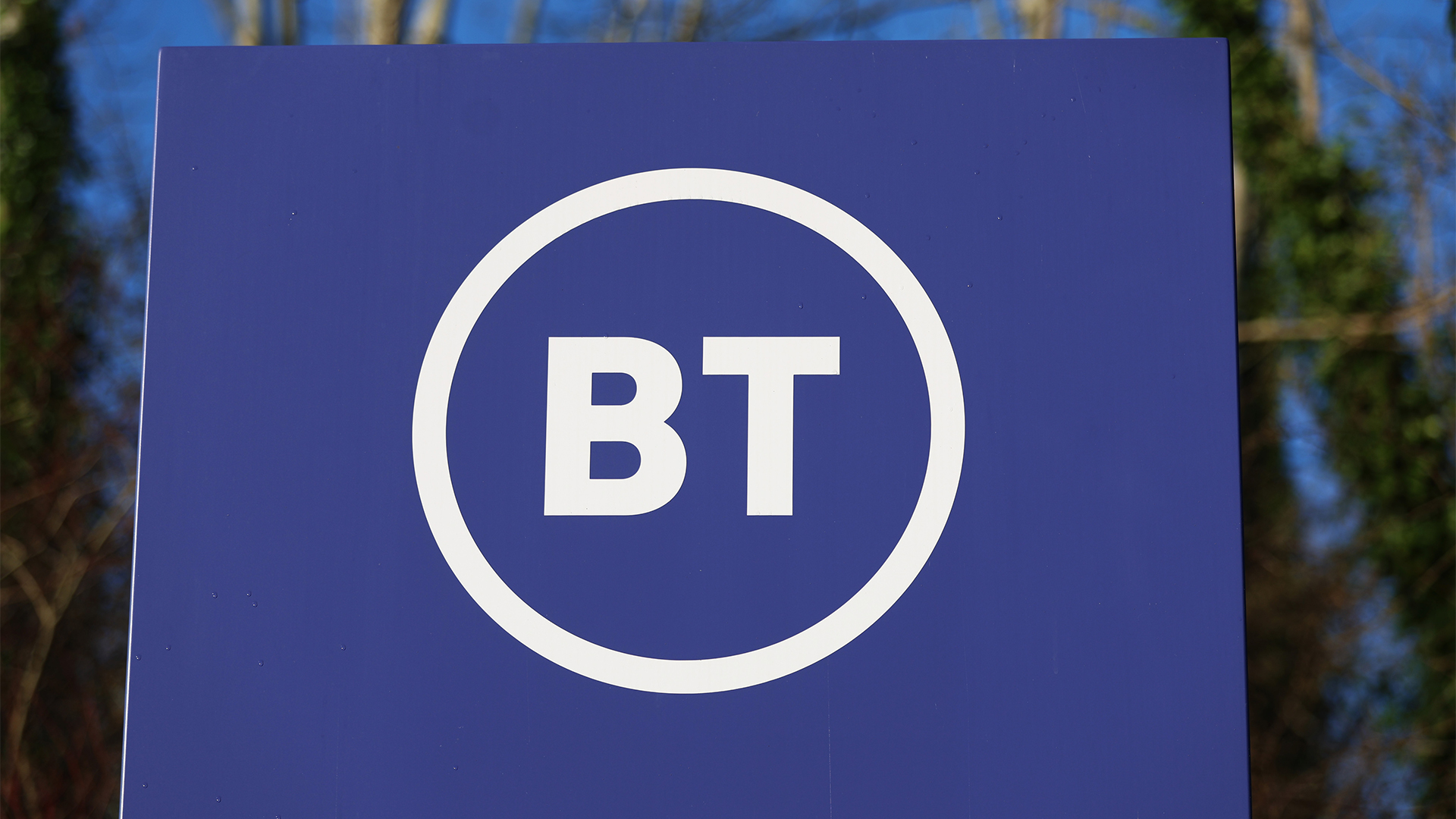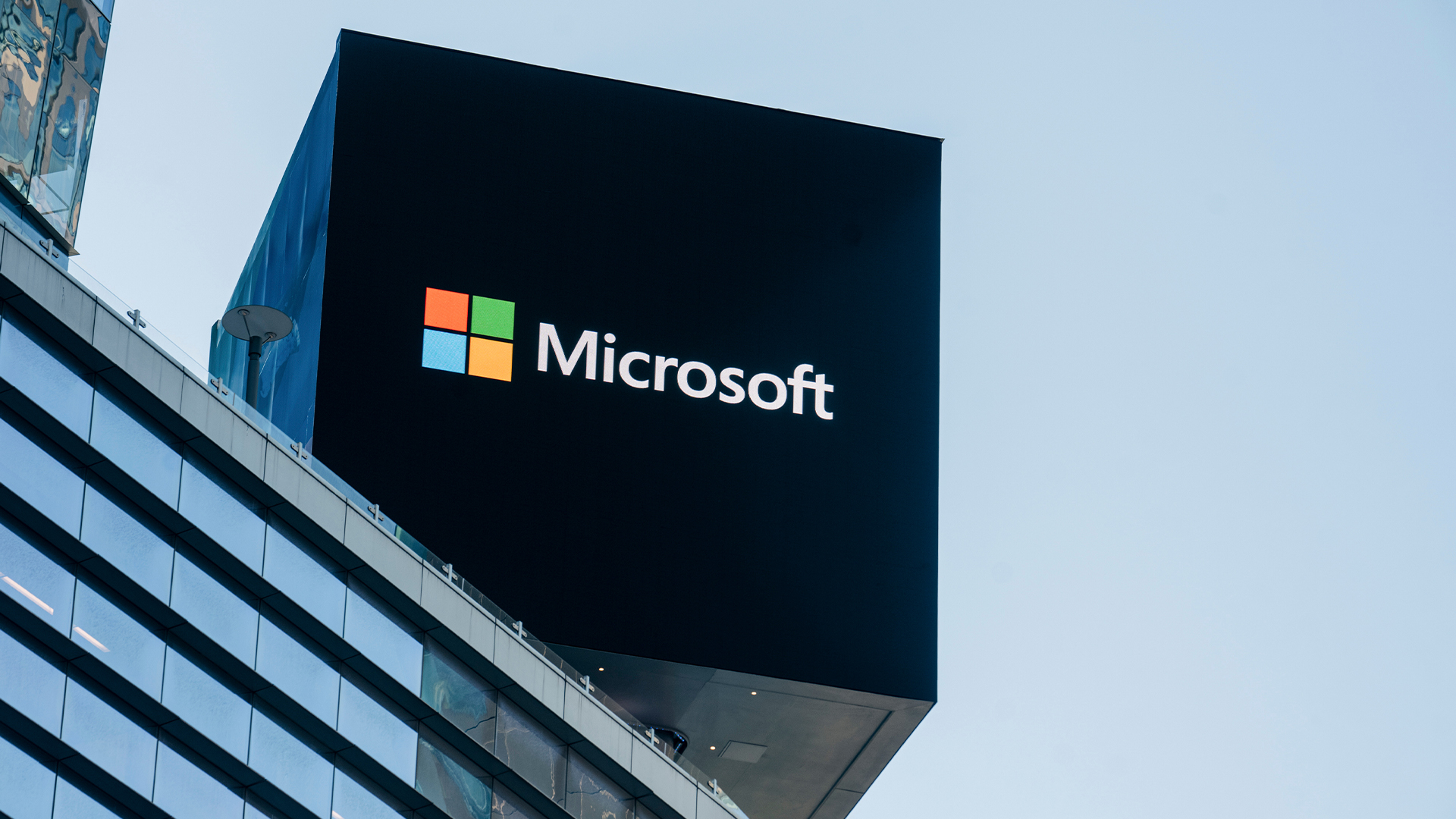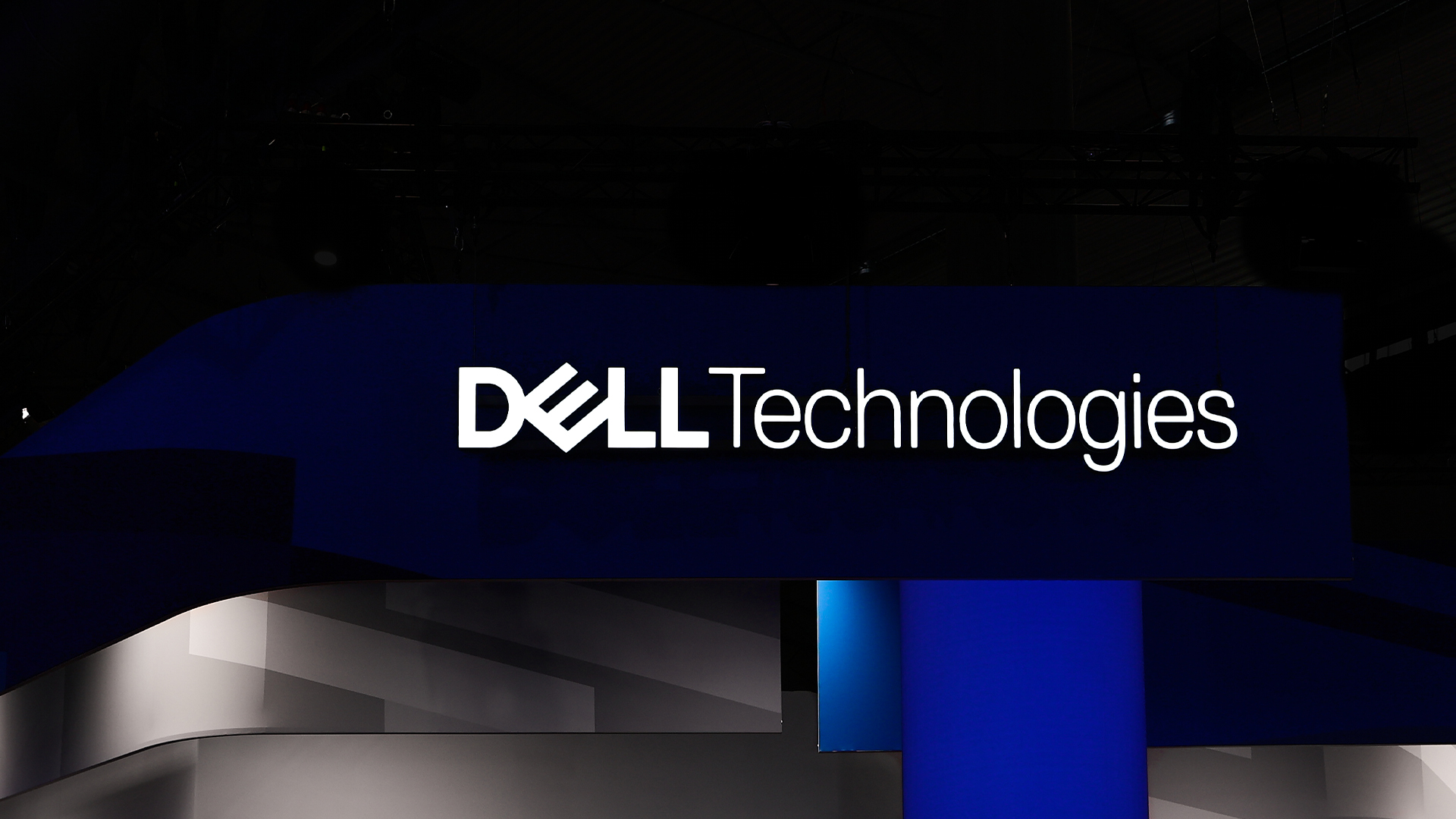BT launches Global Fabric, a new AI-ready network as a service platform
The new platform has points of presence in nearly 50 major cloud data centers


BT has announced its Global Fabric platform, a new network as a service (NaaS) offering focused on driving employee connectivity amidst increased AI usage.
The firm said that Global Fabric will make it easier and quicker to create secure connections between staff, customers, and devices to applications and digital services that are hosted across multiple clouds.
Such applications and digital services include - though are not limited to - artificial intelligence tools which are set to become an increasing part of IT infrastructure. In describing its new service, BT said it was ready to meet the demands of breakthrough AI technologies.
The firm compared its new offering to legacy networks in which changes to connectivity services can take weeks to set up and deploy. By comparison, changes made on Global Fabric happen “in an instant”, according to BT, and will help businesses manage spikes in data traffic that can be caused by AI or generative AI tools.
BT also unveiled a demo of Global Fabric’s ‘digital management portal’ which will allow IT teams to learn about the set-up and optimization of the platform. Staff will be able to experiment with application programmable interfaces (APIs) to integrate Global Fabric into their wider toolset.
“BT’s Global Fabric will help customers hit the cloud running,” Colin Bannon, CTO of BT Business, said.
“It will give them a choice of the world’s best cloud locations to interconnect with their customers, partners and suppliers, making them easier to do business with not just today but tomorrow too,” he added.
Get the ITPro daily newsletter
Sign up today and you will receive a free copy of our Future Focus 2025 report - the leading guidance on AI, cybersecurity and other IT challenges as per 700+ senior executives
After a two-month live testing period the platform is now operational, with the first Global Fabric services set to launch in early 2025.
The telecom company has so far installed ‘points of presence’ in over 45 major data centers, and customers without access to such data centers will be able to order new links ahead of the start of next year.
Other firms are similarly focused on NaaS - HPE’s bid for Juniper Networks earlier this year, for example, saw the firm attempt to compete more effectively in the NaaS market, and Juniper CEO Rami Rahim argued at the time that the collaboration would lead to a boost in AI-native networking.

George Fitzmaurice is a former Staff Writer at ITPro and ChannelPro, with a particular interest in AI regulation, data legislation, and market development. After graduating from the University of Oxford with a degree in English Language and Literature, he undertook an internship at the New Statesman before starting at ITPro. Outside of the office, George is both an aspiring musician and an avid reader.
-
 Microsoft just hit a major milestone in its ‘zero waste’ strategy
Microsoft just hit a major milestone in its ‘zero waste’ strategyNews Microsoft says it's outstripping its zero waste targets, recording a 90.9% reuse and recycling rate for servers and components in 2024.
By Emma Woollacott
-
 Dell names Lisa Ergun as new Client Solutions Group channel lead for the UK
Dell names Lisa Ergun as new Client Solutions Group channel lead for the UKNews Dell Technologies has announced the appointment of Lisa Ergun as its new Client Solutions Group (CSG) channel lead for the UK.
By Daniel Todd